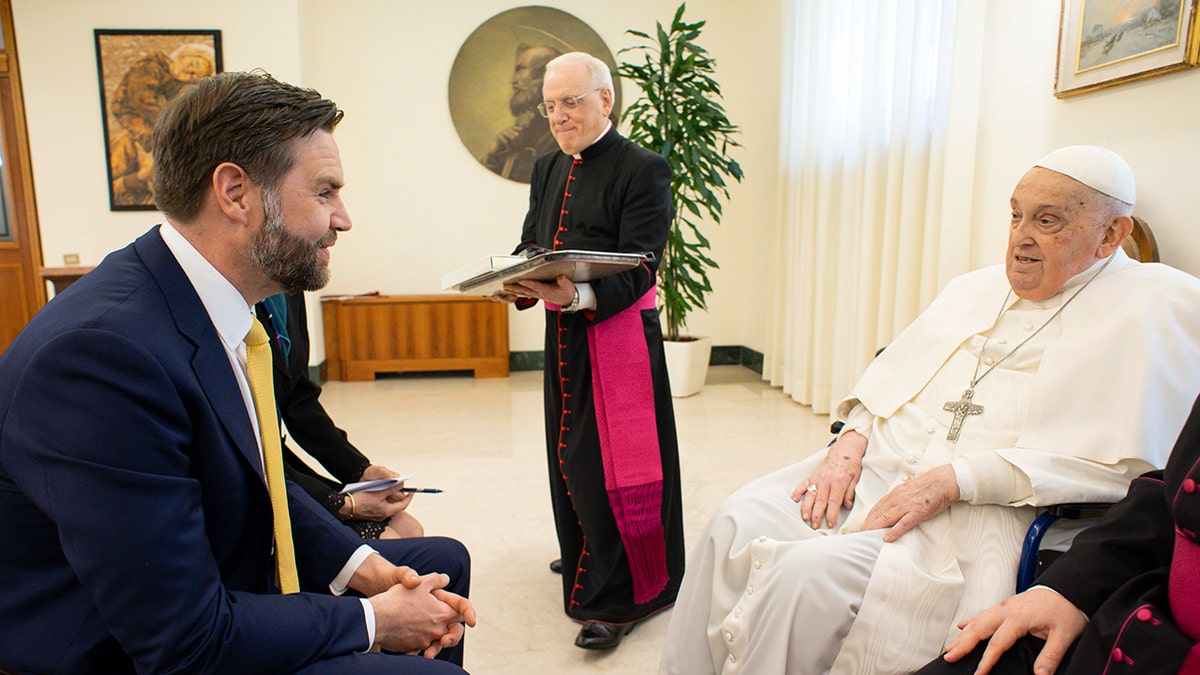After a pope dies, the Catholic Church chooses its next leader through an ancient electoral process called the “papal conclave.”
In practice, since at least 1276, the conclave gathers the church’s top bishops – called the College of Cardinals – from around the globe. Though there are more than 240 cardinals currently, only those under the age of 80 are eligible to vote in the conclave and the number of cardinal electors is limited to 120.
Nearly all prefects of Vatican offices lose their jobs when a pope dies, but a few stay on, including the foreign minister and the master of liturgical ceremonies, who play a key role in assembling the conclave.
The conclave takes place in the Vatican’s Sistine Chapel and cardinals are kept in strict isolation to keep them far from any outside influence from the rest of the world. This isolation is so important in the process that even the name conclave comes from the Latin “con clavis,” which means “with key,” indicating how the cardinal electors are locked up while they deliberate over who will be the new pope.
POPE FRANCIS DEAD AT 88, VATICAN SAYS
There is also an emphasis on choosing a pope quickly to lessen the amount of time the church spends without a leader. The cardinals cast their first vote the day the conclave begins. They then cast votes at least twice every day after – in the morning and evening – until a pope is selected.
The common practice in the modern Catholic Church is for the cardinals to choose a pope from among their own ranks, though this was not always the case.
CARDINAL TIMOTHY DOLAN ON SOMBER MOMENT OF CLOSING CATHOLIC SCHOOLS: ‘I TEAR UP’

Conclaves will typically begin with a special Mass celebrated in St. Peter’s Basilica, in which the cardinals invoke the Holy Spirit for guidance.
Cardinals vote for the pope through a secret ballot. At each vote, a cardinal will write his choice on a piece of paper, process up to Michaelangelo’s giant fresco of the last judgment – which serves as a reminder of the gravity and sacredness of their responsibility – and drop his ballot in a chalice.
US CONFERENCE OF CATHOLIC BISHOPS SUES TRUMP OVER IMMIGRATION, REFUGEE FUNDING FREEZE
A two-thirds majority of votes is needed to select a new pope. More than two-thirds of the eligible cardinal electors were appointed by Pope Francis. However, these cardinals hold a diverse set of viewpoints and come from all different parts of the world.
After each vote, the ballots are burned and the ashes are used to send a signal to the rest of the world about whether a decision has been made. Black smoke rising from the Sistine Chapel means there has not been a consensus, while white smoke means a pope has been chosen.
PRESIDENT-ELECT TRUMP APPOINTS OUTSPOKEN CONSERVATIVE AS VATICAN AMBASSADOR: ‘BLESSINGS AND RESPONSIBILITIES’
Once a cardinal receives a two-thirds majority of the votes, the dean of the College of Cardinals asks him if he is willing to accept the position. If he accepts, he must then choose his papal name. Cardinal Jose Mario Bergoglio chose the name “Pope Francis,” becoming the first pope to choose this name.
CLICK HERE TO GET TO THE FOX NEWS APP
After the world is alerted through the burning of white smoke, the new pope is announced with the most senior cardinal proclaiming “Habemus papam!” – “We have a pope” – after which the newly elected pontiff processes out and imparts his first blessing to the city of Rome and the rest of the world.
Read the full article here

